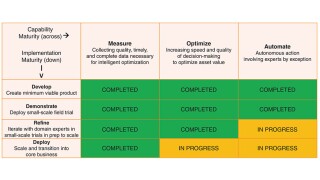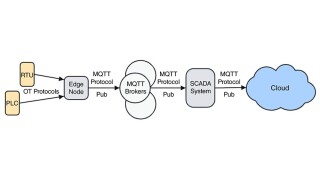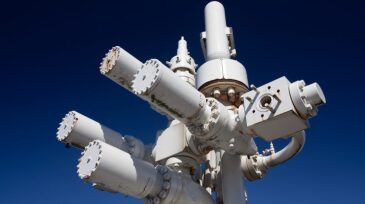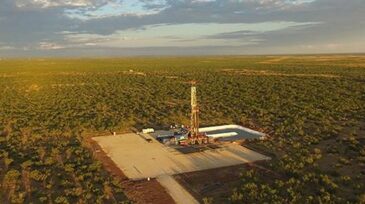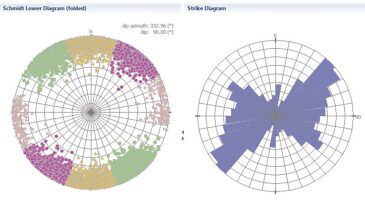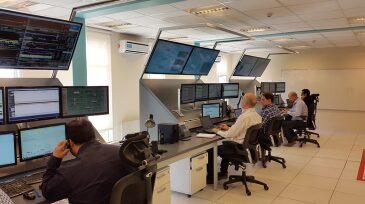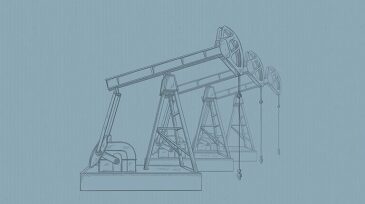Artificial lift
The accelerating deployment of machine learning and automation is changing the artificial lift landscape. By embedding intelligence into the control loop, operators now can move from reactive decision-making to proactive, continuous optimization.
This paper presents a case study highlighting the demonstration, refinement, and implementation of a machine-learning algorithm to optimize multiple electrical-submersible-pump wells in the Permian Basin.
This paper presents a closed-loop iterative well-by-well gas lift optimization workflow deployed to more than 1,300 operator wells in the Permian Basin.
-
Using maglev technology, a new artificial lift system seeks to boost production output by sucking down reservoir pressure from inside the wellbore and from inside the reservoir.
-
Permian Basin operators and service companies met to discuss completions diagnostics, flowback strategies, water management, and artificial lift strategies.
-
This paper presents an analytics solution for identifying rod-pump failure capable of automated dynacard recognition at the wellhead that uses an ensemble of ML models.
-
Aker Solutions and FSubsea have agreed to a joint venture, named FASTSubsea, to help operators increase oil recovery.
-
This paper covers the staged field-development methodology, including analysis and evaluation of various development concepts, that enabled the company to optimize both completion design and artificial-lift selection, reducing downtime and lowering operating costs by nearly 50%.
-
The performance of artificial-lift systems on horizontal wells is greatly influenced by both the volume of gas produced and the tendency for gas slugging.
-
Of the many steps in the journey toward maximizing run life, the first steps should be to identify the system requirements and communicate those to the vendor. This can be challenging, because operators and suppliers often speak different languages. Fortunately, international standards can help.
-
Electrical-submersible-pump (ESP) technology is a proven artificial-lift method for shallow, low-pressure reservoirs such as those found in the West Sak viscous oil field in Alaska.
-
Fast-declining, older, unconventional oil wells require artificial lift experts to deal with and explore a population of miles-long horizontal wells that do not follow the established rules of thumb.
-
The 2018 Legends of Artificial Lift are announced. Recipients will be honored at the 2018 SPE Artificial Lift Conference and Exhibition to be held in The Woodlands, Texas.


